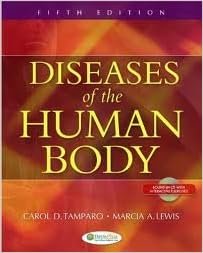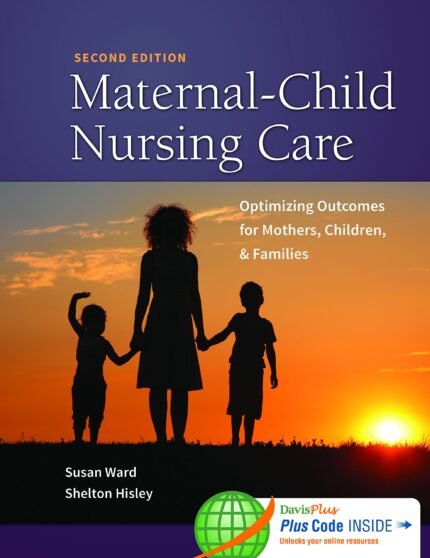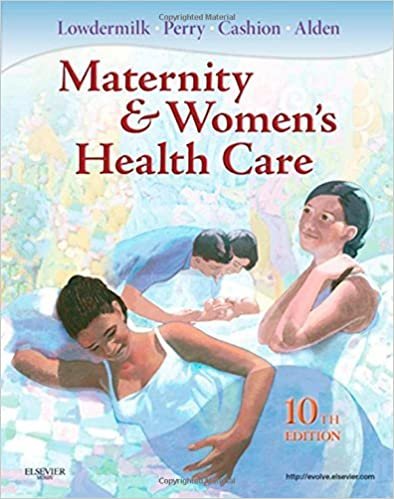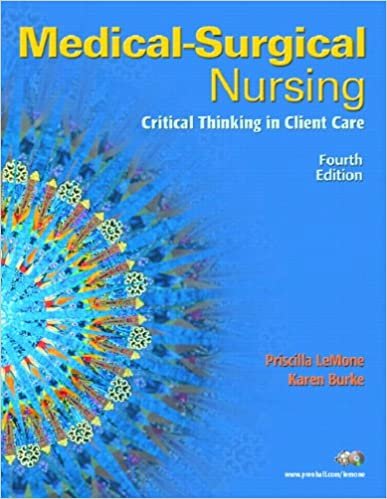Test Bank For Ebersole and Hess Toward Healthy Aging 10th Edition Touhy
Chapter 06: Communicating with Older Adults
Touhy: Ebersole & Hess’ Toward Healthy Aging, 9th Edition
MULTIPLE CHOICE
1. When caring for an ill adult client, the nurse is particularly concerned that the client
communicates well since:
a. assessment, planning of care, and even the therapeutic relationship is based on
effective communication.
b. it is the social connection that all individuals base interpersonal relationships upon.
c. how well an individual communicates is a reflection on both his or her physical
and emotional well-being.
d. the need to communicate is a basic need of all individuals.
ANS: A
Good communication skills are the basis for accurate assessment, care planning, and the
development of therapeutic relationships between the nurse and the older person. While the
other options are true they do not directly address the concerns of an ailing client.
DIF: Cognitive Level: Understanding REF: p. 65
TOP: Integrated Process: Communication and Documentation
MSC: Client Needs: Health Promotion and Maintenance
2. Which statement by the nurse is the strongest example of ageism by professional nurses?
a. “It takes a special nurse to provide good care to the older population of clients.”
b. “It’s difficult for a nurse to develop an effective relationship with an older client
because of the barriers their age creates.”
c. “It is so difficult to find nurses who are truly effective geriatric nurses.”
d. “With the older population increasing so dramatically in numbers, nursing will
have a difficult time meeting their needs.”
ANS: C
Ageism affects health professionals as well as the general public and this attitude is reflected
in the lack of nurses who choose to work in the field of geriatrics. The characteristics of a
“good geriatric nurse” are no different than those of any effective nurse. Assuming that age
produces barriers to an effective nurse-client relationship is an example of ageism. The
growing number of older adults is not an example of ageism.
DIF: Cognitive Level: Understanding REF: p. 66
TOP: Integrated Process: Teaching/Learning
MSC: Client Needs: Health Promotion and Maintenance
3. When conducting an admissions interview with an older client, the nurse observes that the
client pauses for a period of time before responding to the questions. The nurse responds to
this client based on the assumption that the client is:
a. exhibiting signs of mild cognitive impairment.
b. nervous and having difficulty concentrating on the questions.
c. reluctant to share information with someone with whom he or she has no
relationship.
d. sorting through his or her vast life experiences in order to answer appropriately.
ANS: D
Basically, elders may need more time to give information or answer questions simply because
they have a larger life experience to draw from. Sorting through thoughts requires intervals of
silence, and therefore listening carefully without rushing the elder is very important. It is an
unfounded assumption to assume that the client’s response is due to senility based exclusively
on his or her age. The remaining options would not be unique to an older client but might be
experienced at any age.
DIF: Cognitive Level: Applying REF: p. 67
TOP: Integrated Process: Communication and Documentation
MSC: Client Needs: Health Promotion and Maintenance
4. Which technique is most effective when communicating with a client who is positioned in
bed?
a. Sitting in a chair at the foot of the bed
b. Standing near the client’s head on his or her dominant side
c. Sitting in a chair at the bedside facing the client
d. Standing at the foot of the bed
ANS: C
When communicating with individuals in a bed or wheelchair, position yourself at their level
and directly face them rather than talking over a side rail or standing above them.
DIF: Cognitive Level: Applying REF: p. 67
TOP: Integrated Process: Communication and Documentation
MSC: Client Needs: Health Promotion and Maintenance
5. Which nursing statement shows a true appreciation for an older client’s willingness to tell his
personal stories about “the war”?
a. “It’s so nice to see them excited and engaged as they tell the stories.”
b. “It helps their memory so much to retell their stories.”
c. “I learn so much about clients when they share their life story with me.”
d. “They are so proud of the things they have accomplished in their life.”
ANS: C
A memory is an incredible gift given to the nurse, a sharing of a part of oneself when one may
have little else to give, and it provides insight into who the person really is telling the story.
DIF: Cognitive Level: Applying REF: p. 67
TOP: Integrated Process: Teaching/Learning
MSC: Client Needs: Health Promotion and Maintenance












Reviews
There are no reviews yet.